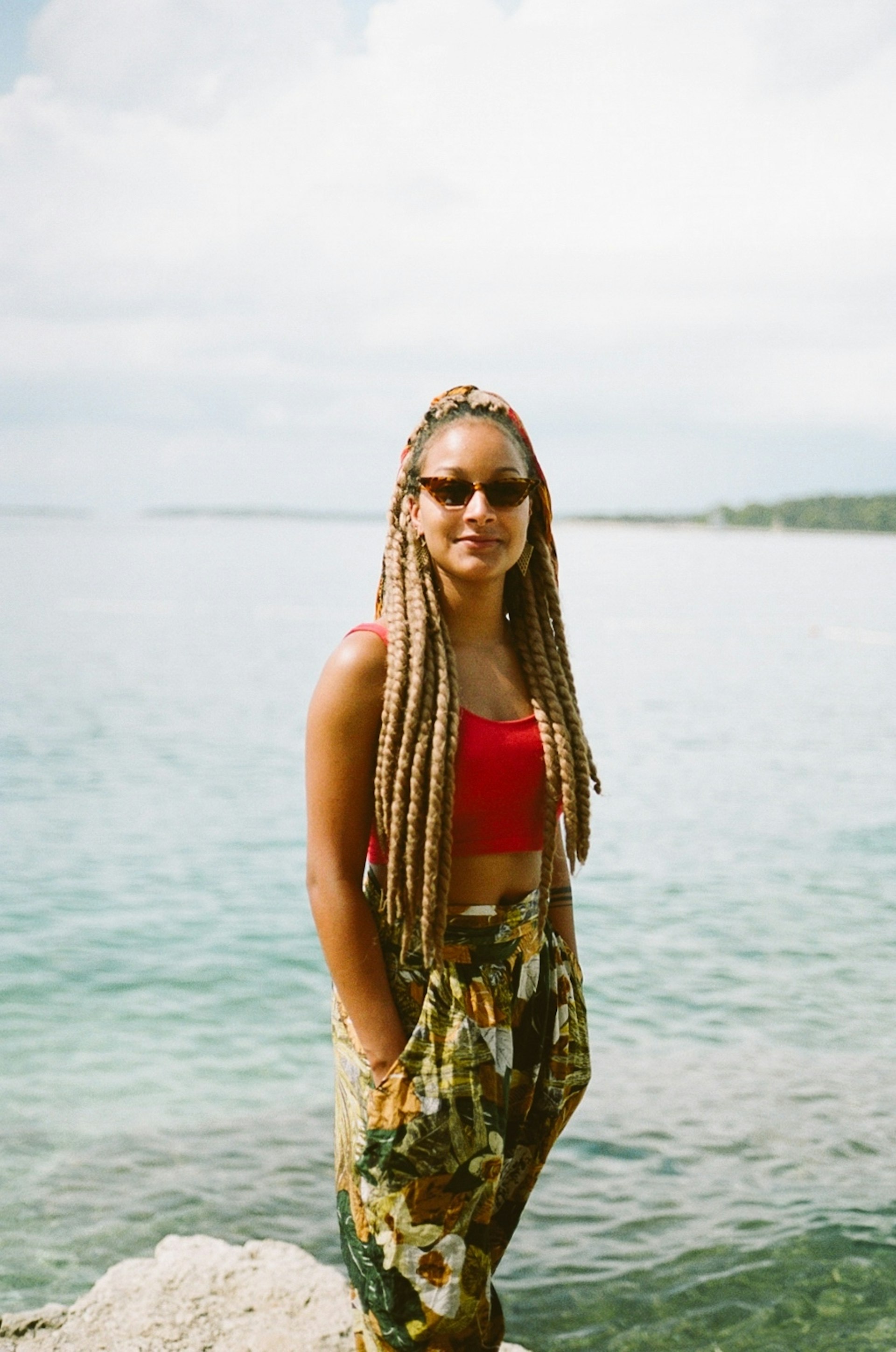
A photographer probes truth and lies in modern Turkey
- Text by Guy Martin, as told to Andrea Kurland
- Photography by Guy Martin
Before this project, I wasn’t using photography: photojournalism was using me.
I often think about how I ended up on that street in Misrata. I think about how – to the microsecond – fate put me in that position.
These forces of drive and determination, wanting to be the best at something: when you’re covering conflict, there’s a culture of having to be the first on the frontlines. You put yourself at insane risk.
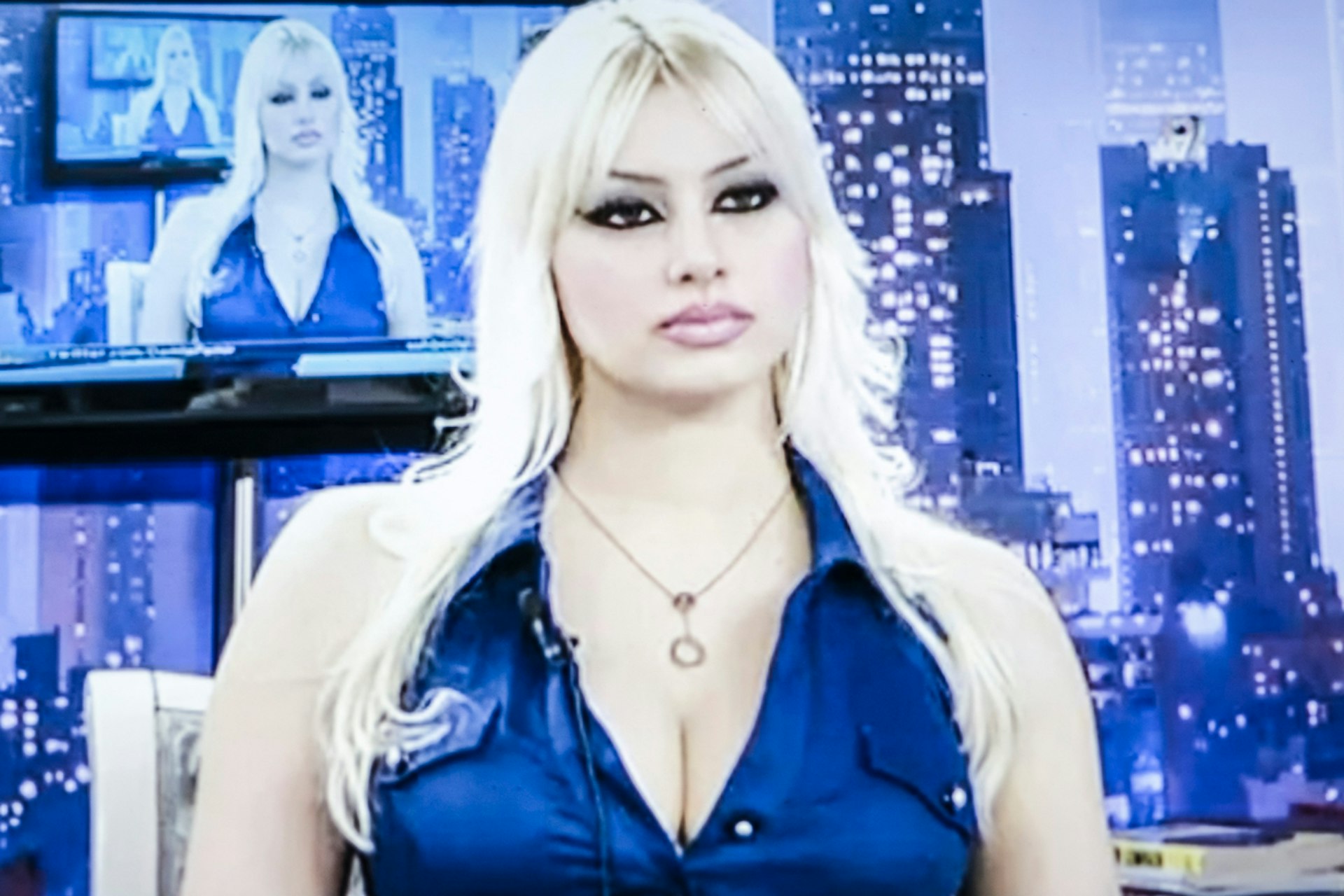
This project in Turkey was about redressing that balance, representing people in a different way and taking back some power. I was doing okay at these things – covering war, protest, revolutions – but was frustrated that publications weren’t interested in nuance.
I was beginning to pick up on things that alluded to a deeper story, but you cede authorship when you work on breaking news.
Once that frustration began to build, it became harder to justify putting my safety on the line. So I took another risk: slowing down to pursue a project that is intangible. I wanted to photograph power.
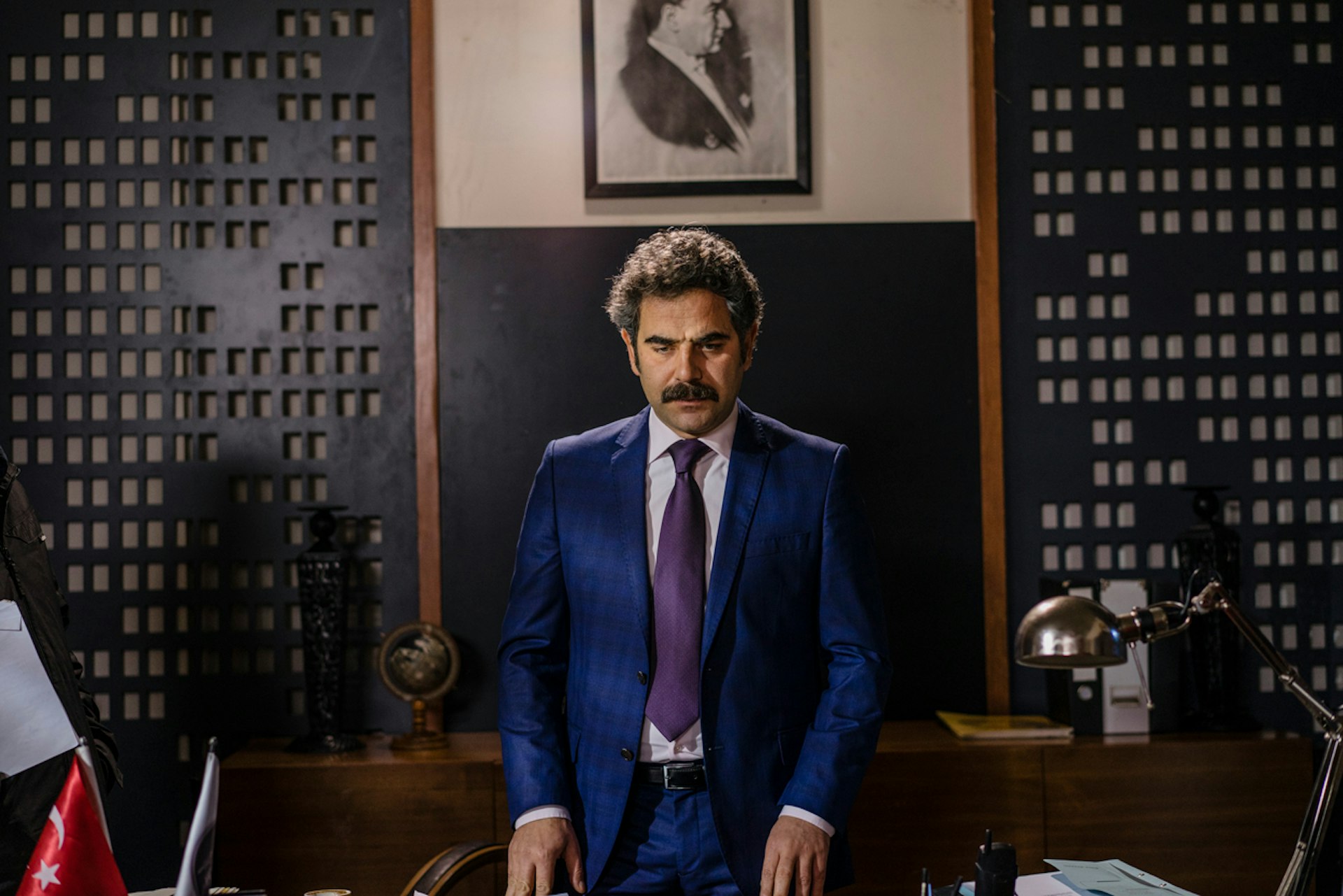
I was 26 when the Arab Revolutions started. Turkey, at that time, was at the peak of its influence. One of the ways it did that was through ‘soft power’ – popular culture, TV, film.
Other Arab nations were surrounded by violent imagery, but in Turkey it was about secularisation, power and wealth. I wanted to understand how Turks saw themselves, and what they were exporting to the Islamic world.
When someone told me that Turkish soap operas are the most viewed in the world, I couldn’t believe it. I gained access and started photographing on set, standing next to the cameraman to eliminate any sign of a backdrop.
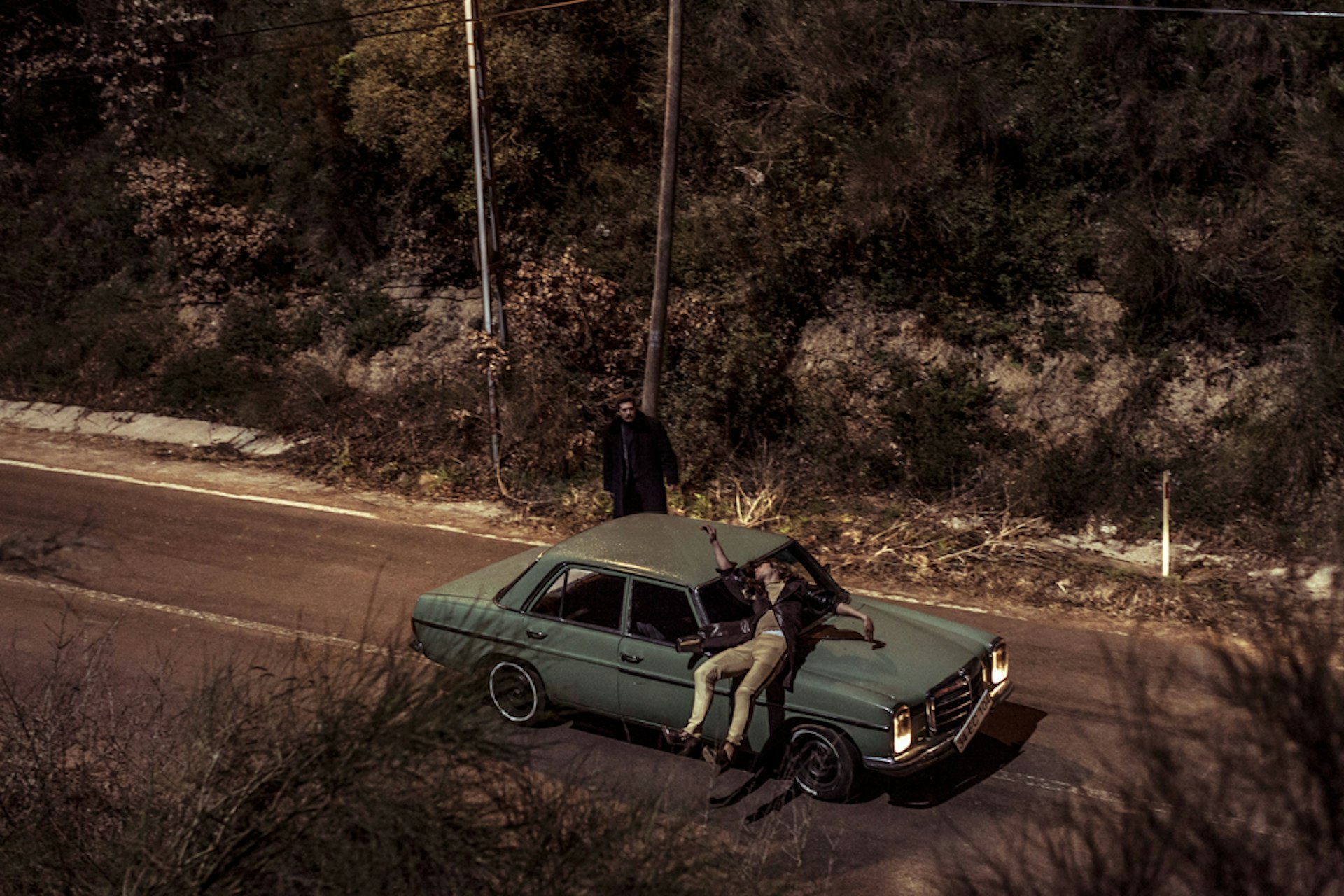
None of the pictures are staged: they’re all taken the second before the director said ‘action’ or the moment after they said ‘cut’. They’re still in the non-fiction world.
On set, I got a glance into what tens of millions of Muslims from the Balkans to Indonesia were watching. These soap operas were an accurate depiction of what Turkey wanted to show in 2012/2013: wealth, high spending, not many women in headscarves. Now it’s all about fighting ISIS, the refugee crisis, Syrian mafia and coup attempts.
In May 2013, when the Gezi Park protests happened, I witnessed another kind of performance on the streets. While Vice showed images of smoke-laden skies and men in headscarves throwing rocks, I saw something different: wealthy, middle-class, Western Turks protesting the government’s encroachment on freedom of speech and secularism.
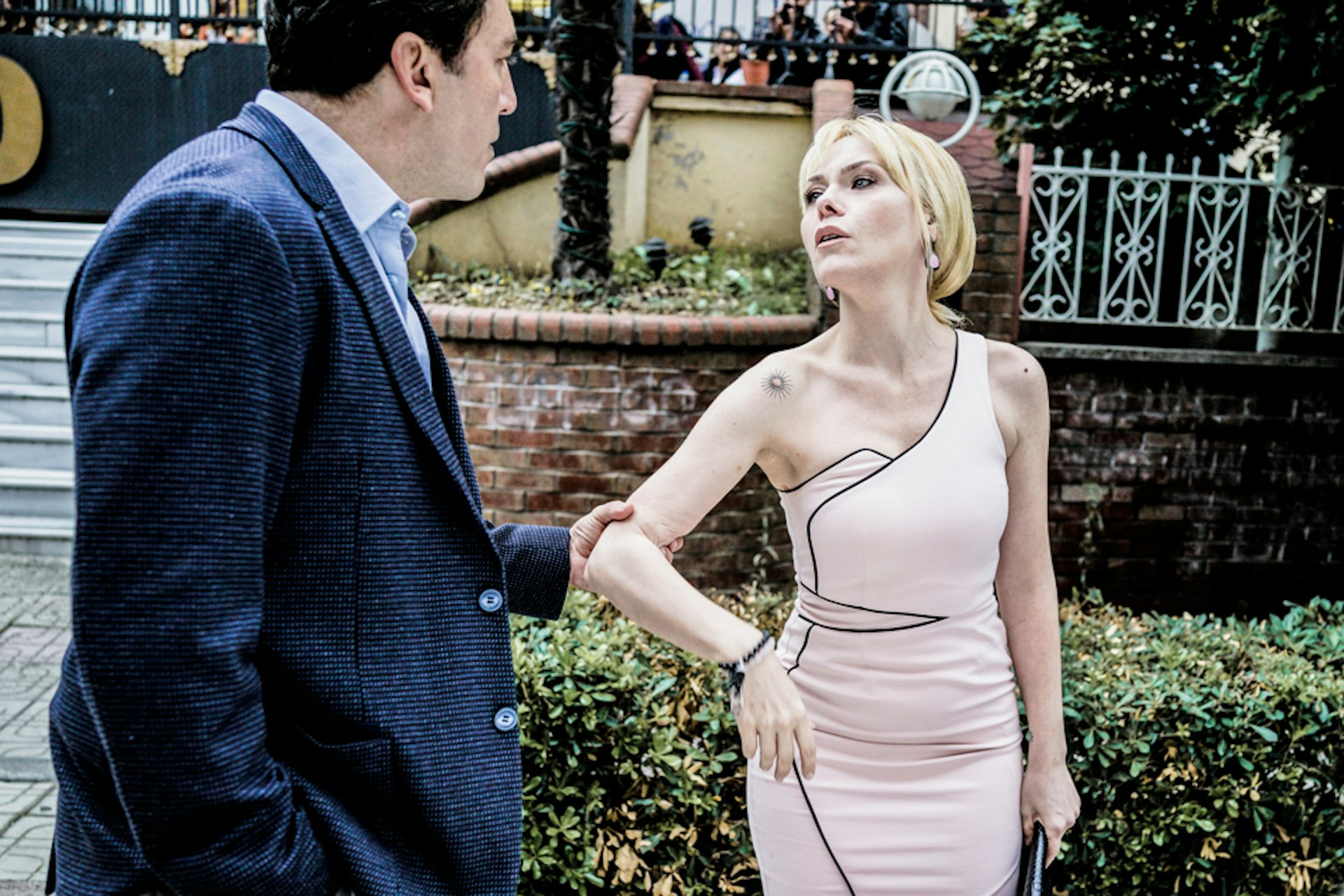
But as in Egypt and Libya, there was a performance to it. On seeing me approach with a camera, one group of protesters threw their friend to the floor and tore his shirt, even though he was perfectly fine.
This feeling of being manipulated was a repeating pattern with every story I worked on. In the southeast, where the Kurdish PKK are either seen as terrorists or underdogs, I’d be presented with a Kurdish family whose house had been bombed.
In private, they’d admit that some PKK fighters were a problem, but on record they’d tell a different story. Everyone, from the protestors to the Kurds, adopted stories of victimhood to shape their narrative.
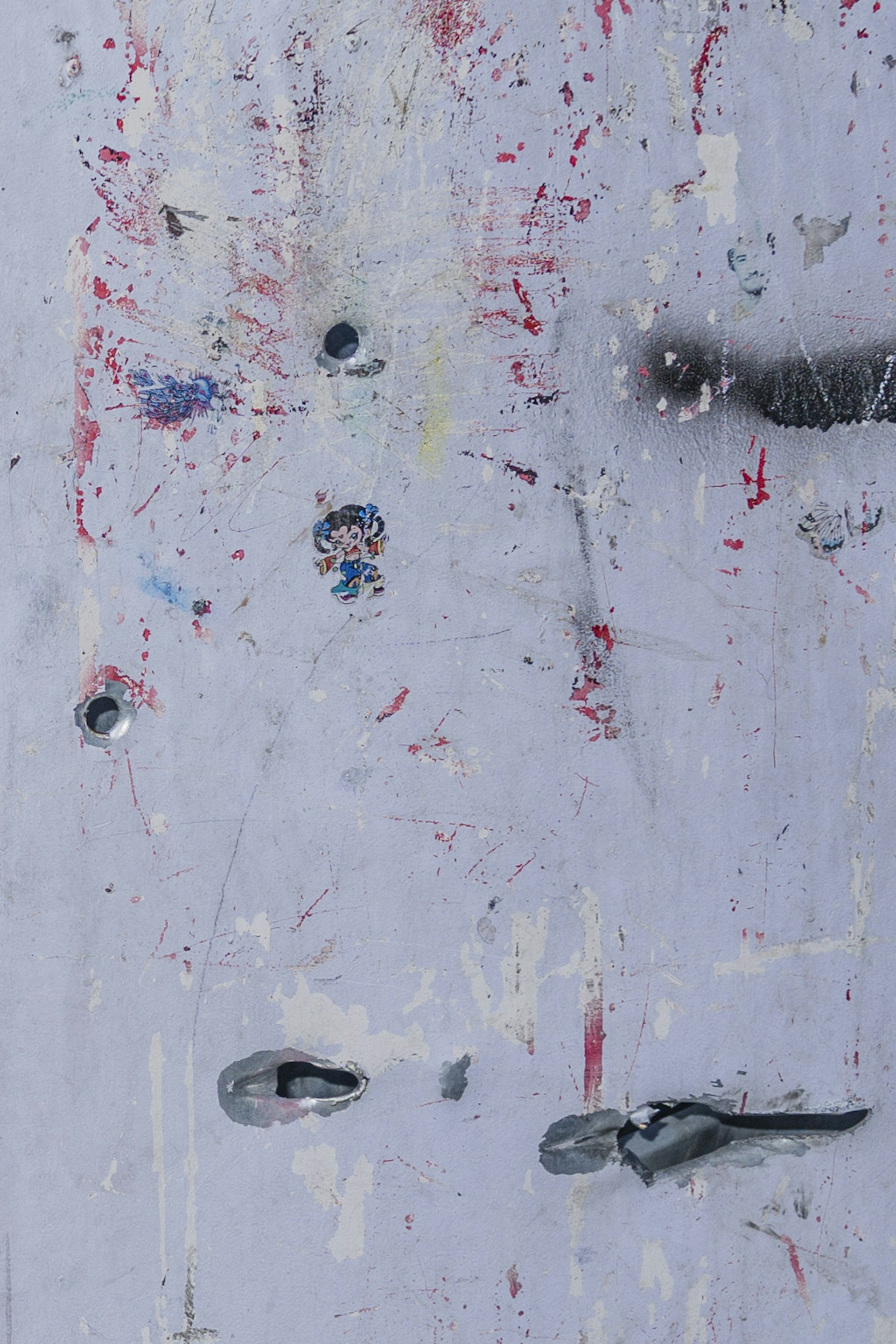
As storytellers, we are told to look for heroes and villains. But the truth is far more complex than that. In my book The Parallel State, I’ve combined images from soap opera sets with these performative moments in the real world, without saying what’s real and what isn’t.
It’s an acknowledgement of my own limitations: how can I verify who is to blame? Still, the media demands we photograph tropes – bombed-out houses, women crying beneath a flag – to distill these stories into one of good versus bad.
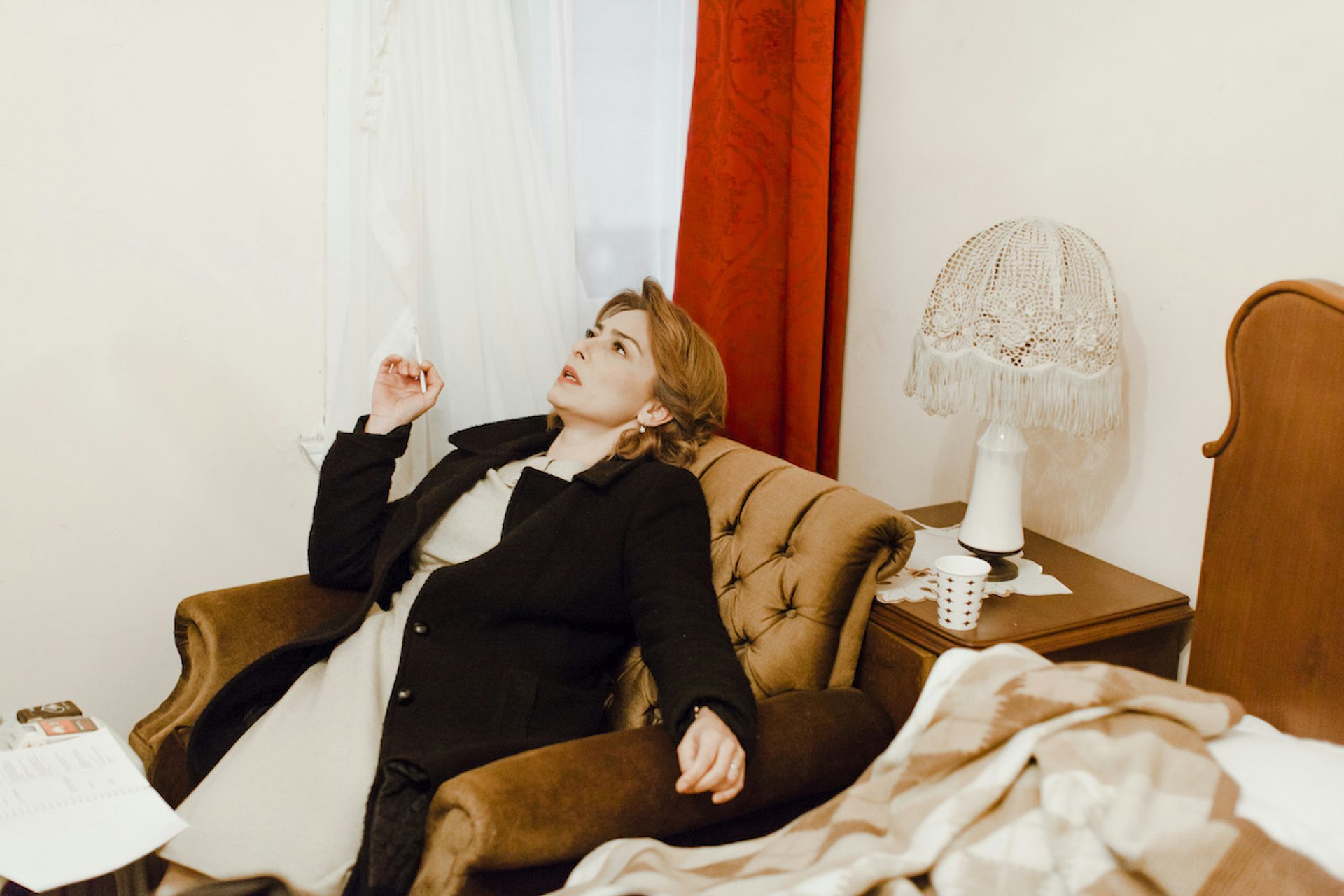
This book is my way of saying that we’ve reached the end of reality. When everyone has a narrative to push, you can only believe what you see before your eyes, not what you’re told to believe.
Getting to a war zone is the easy bit. Paying attention to culture, language, different population mixes – all those things that a better documentarian needs to pick up on – that’s the bit that takes time.
It’s the documentarians who have a deep knowledge of visual history, who accept their limitations and find a solution, that can wring everything they need out of a story.
If you have all the tools available to you and you’re not afraid to use them, that’s when good rule-breaking documentary photography is going to happen.
The Parallel State is published by Gost.
This article appears in Huck 62 – The Documentary Photography Special V. Subscribe to make sure you never miss another issue.
Enjoyed this article? Like Huck on Facebook or follow us on Twitter.
